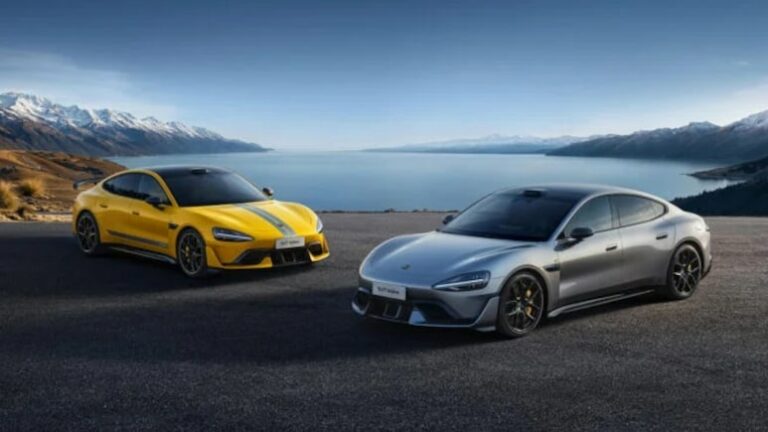Intensifying Competition in China’s EV Market
The Shanghai auto show, running from April 23 to May 2, is set to feature over 100 new or refreshed models from more than 70 Chinese and international automotive brands. This surge in competition comes as China’s ‘new energy vehicle’ sector continues its remarkable growth, despite regulatory challenges.
Market Dynamics and Technological Advancements
Top Chinese brands like BYD and Geely are expected to take center stage, alongside foreign automakers such as Volkswagen, Nissan, Toyota, and General Motors’ Cadillac brand. The event comes amid an ongoing consumer price war in China, with next-generation automated-driving features emerging as a key battleground for vehicle sales and profits.

However, automakers’ plans to showcase advanced driver-assistance systems have been complicated by a government crackdown following a fatal crash involving Xiaomi’s SU7 in March. The incident led to increased scrutiny of marketing claims about ‘smart’ or ‘autonomous’ driving technologies.
In response, Chinese automakers like BYD and Zeekr have revised their marketing strategies, emphasizing driver caution over boasts about automated-driving capabilities. BYD, the nation’s leading EV and hybrid maker, has been at the forefront of this shift. In February, it announced its ‘God’s Eye’ driver-assistance system would be offered as free standard equipment across its lineup, including entry-level models priced around $10,000.
Regulatory Landscape and Market Impact
Chinese regulators have also tightened EV-battery standards to reduce fire and explosion risks. The ‘new energy vehicle’ sector, including fully electric models and hybrids, continues its historic sales surge, with electrified vehicles now accounting for over half of all new-car sales in China – a significantly higher share than in the United States or Europe.
Tesla, facing mounting challenges in China and globally, is under particular pressure. About a dozen new models debuting at the Shanghai show are electric crossovers directly competing with Tesla’s Model Y. Many of these competitors offer more advanced features at lower prices, such as Xpeng’s G6 and Zeekr’s E6.
Independent analyst Lei Xing described the new Chinese electric crossovers as ‘Model Y killers,’ stating, ‘It’s a tsunami of pressure’ on Tesla’s best-selling model. With multiple formidable competitors emerging, the challenge for Tesla is intensifying in its second-largest market.
Conclusion
The Shanghai auto show highlights the rapid evolution of China’s automotive industry, with significant implications for global players like Tesla. As competition intensifies and technology advances, the market is likely to see further shifts in consumer preferences and industry dynamics.



